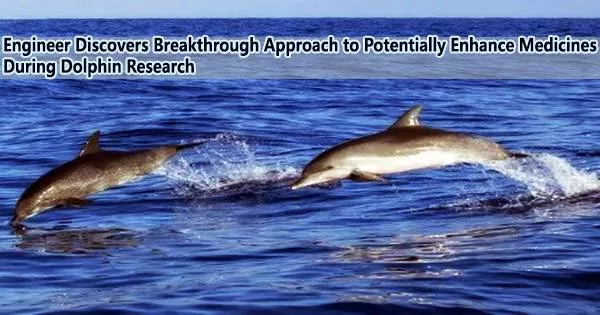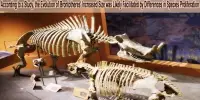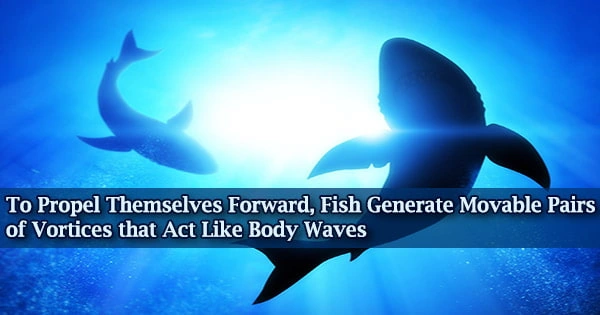Crystals comprised of substances like calcium or a clump of urine can build masses inside the body that can cause pain and significant medical issues. A new method to control the growth of ammonium urate crystals, the substance known to cause kidney stones in dolphins, has been reported by Jeffrey Rimer, an expert on crystals at the University of Houston and the Abraham E. Dukler Professor of Chemical Engineering.
Jeffrey Rimer is renowned internationally for his seminal discoveries using innovative methods to control crystals to help treat malaria and kidney stones.
Yes, dolphins get kidney stones, too. And how did we find this out? You can thank the Navy.
In reality, the bottlenose dolphin is another marine creature actively protecting our coastlines, so move over Navy SEALs. With their highly evolved ability to detect objects, the dolphins have been helping the U.S. Navy find underwater mines for decades as part of the U.S. Navy Marine Mammal Program.
The Navy takes good care of its dolphin companions as part of that program, supporting studies on things like dolphin kidney stones. Rimer has been riding the tide of dolphin research for a long, publishing earlier reports on ammonium urate crystals linked to dolphin kidney stones, which are incredibly uncommon in humans.
Now he’s leading an international team of researchers from Tianjin University China, Stockholm University Sweden, University of Pittsburgh, University of Strathclyde, Glasgow Scotland, Texas A&M University, Purdue University, Instituto Politecnico Nacional Mexico and The Molecular Foundry at Lawrence Berkeley National Laboratory.
We found that a small fraction of urate existing as a minor tautomer can control the rate at which crystals grow to the point they can completely block crystallization. It was the most unexpected and remarkable thing to find that as you increase the concentration of urate, all of a sudden the rate of crystallization drops to almost zero and crystals do not grow in that region.
Jeffrey Rimer
Rimer has submitted fresh research on behalf of the team in Nature Communications regarding their development of a technique to control the crystal growth of ammonium urate by modifying tautomeric isomers of urate. The discoveries might not only benefit dolphins but also the pharmaceutical sector.
“We found that a small fraction of urate existing as a minor tautomer can control the rate at which crystals grow to the point they can completely block crystallization,” said Rimer. “It was the most unexpected and remarkable thing to find that as you increase the concentration of urate, all of a sudden the rate of crystallization drops to almost zero and crystals do not grow in that region.”
By controlling food, Rimer believes it may be possible to achieve effects similar to those described above. Once the concentration in the kidney reaches this level, crystal development may be prevented, negating the need for medication.
That goes for dolphins and humans, alike, but more on that in future research.
Examining urate crystals, Rimer also found that tautomers get incorporated into crystals as defects, and that is where the findings have implications for pharmaceuticals.
Among the top 200 drugs, there are 33 (including allopurinol, used to treat kidney stones) that are tautomers. These medications impact millions worldwide, prescribed for HIV, epilepsy, COVID-19, schizophrenia and cancer (skin, lung and pancreatic).
“When we produced crystals with very few defects, they dissolved much slower whereas crystals with a higher percentage of defects dissolve faster,” said Rimer. “That is critical for pharmaceuticals because when you put medicine into your body, their effectiveness is related to how fast they dissolve,” said Rimer.
“We are asking the question about these 33 pharmaceuticals do companies really know the extent to which they develop defects? The same question can be posed for nature where tautomers may impact unique properties in species that are vital to their intended function like optical properties in fish or color change in chameleons,” he said.
With Rimer’s continued research, these questions may soon be answered.
















